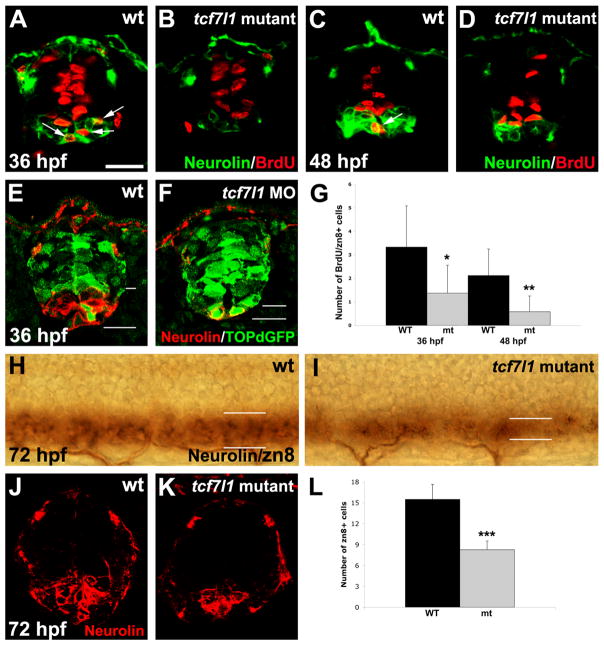Figure 4. Production of secondary motoneurons is decreased in tcf7l1 morphants and mutants.
(A–D) BrdU and Neurolin double immunohistochemistry on cryosections of wild-type and tcf7l1 mutant embryos. Arrows indicate double-labeled cells. BrdU+/Neurolin+ secondary motoneurons are reduced in tcf7l1 mutants compared to wild-type embryos at 36 and 48 hpf. (E,F) GFP and Neurolin double immunohistochemistry on cryosections of wild-type and tcf7l1 morphants expressing the top:dgfp Wnt reporter. In morphants, GFP expression is extended ventrally into the zone of decreased Neurolin expression. (G) Number of BrdU/Neurolin double-positive cells per cryosection in wild-type and tcf7l1 mutant embryos. Error bars indicate SD and asterisks indicate statistical significance. *p < 0.05, **p < 0.005 by Student’s unpaired t-test. n=12 sections from 5 individual embryos for each bar. (H–K) Whole-mount (H,I) and cryosection (J,K) immunostaining for Neurolin, showing reduction of secondary motoneurons in tcf7l1 mutants compared to wild-type controls at 72 hpf. (L) Number of Neurolin double-positive cells per cryosection in wild-type and tcf7l1 mutant embryos. Error bars indicate SD and asterisks indicate statistical significance. ***p < 0.001 by Student’s unpaired t-test. n=12 sections from 5 individual embryos for each bar. Scale bar = 20μM.

